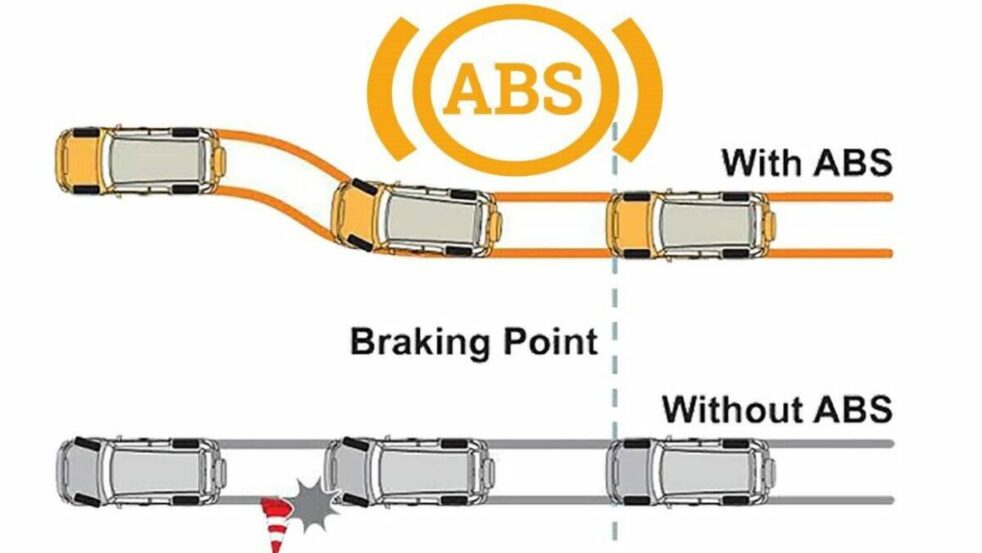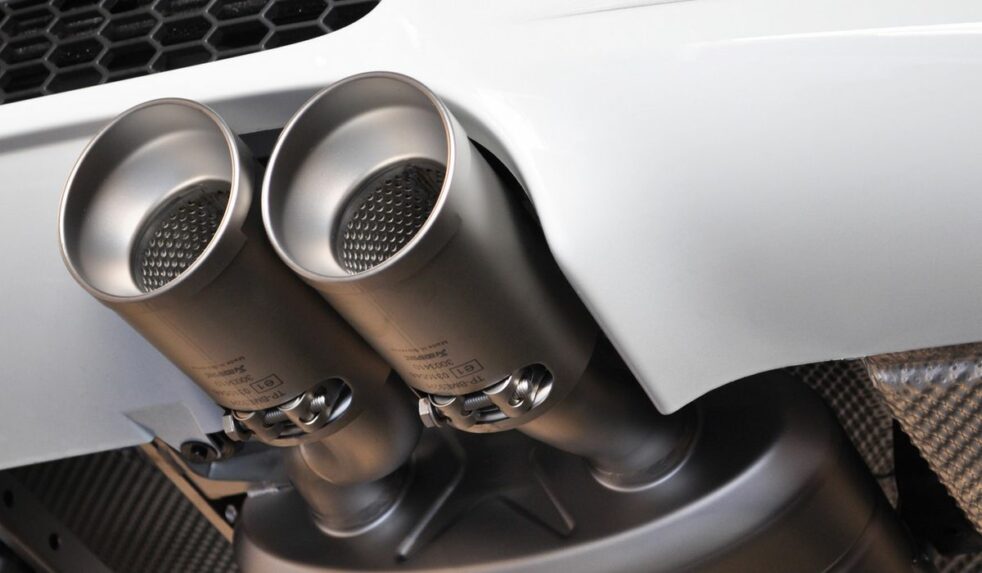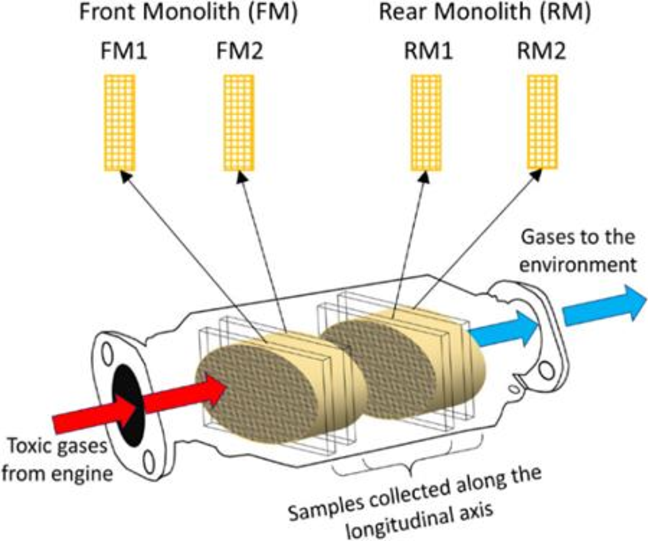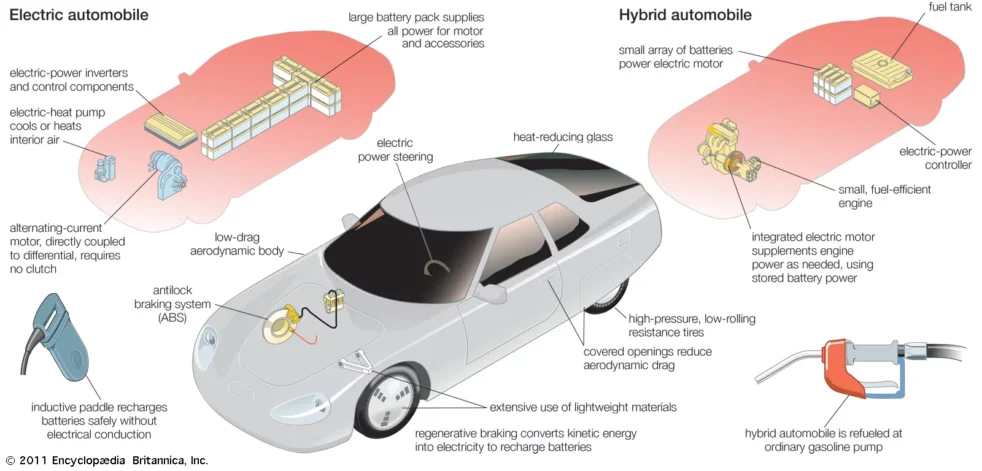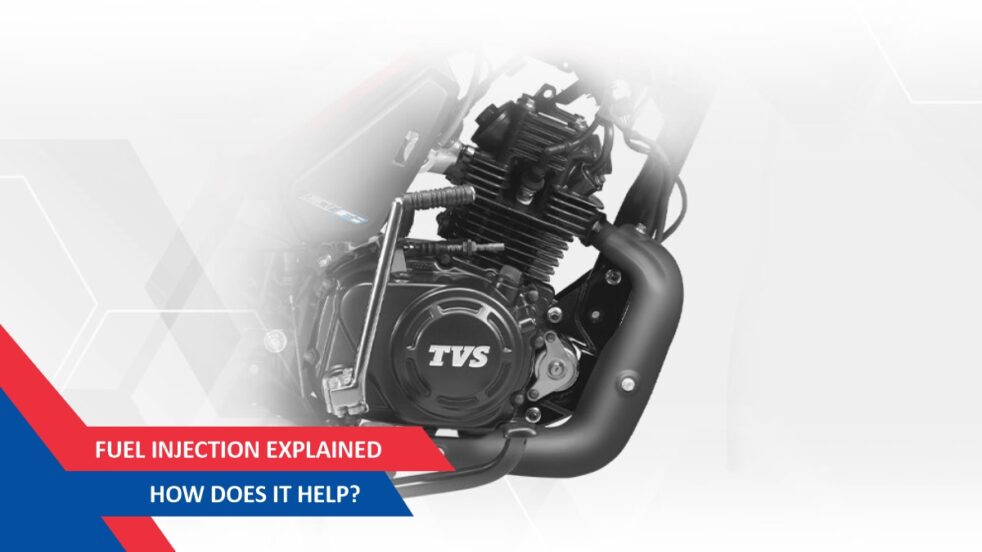Anti-lock braking systems in cars (ABS) – Road Safety
An anti-lock braking system (ABS) is a safety feature that helps prevent the wheels of a vehicle from locking up during braking. When a wheel locks up, it stops rotating and slides along the road surface. This can cause the driver to lose control of the vehicle and increase the stopping distance. ABS works by… Continue reading Anti-lock braking systems in cars (ABS) – Road Safety

